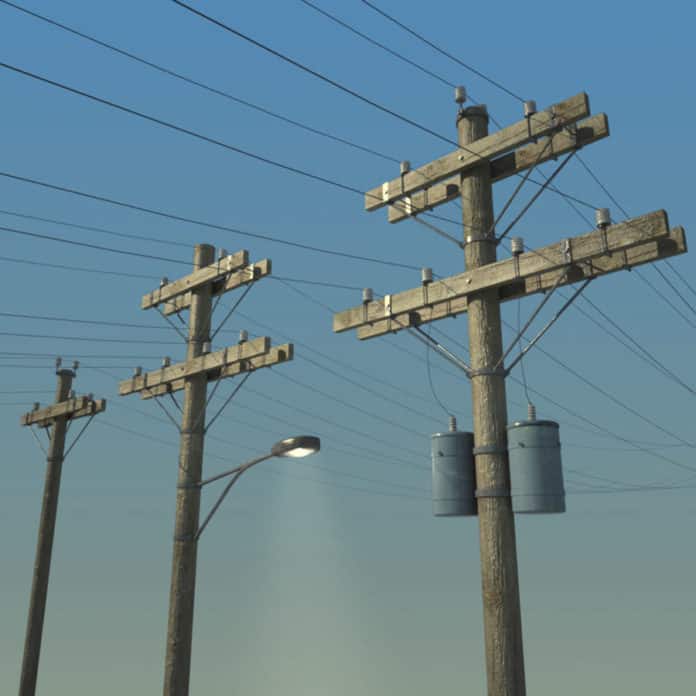A new study shows the Community Choice Energy model is technically feasible and would save Carlsbad ratepayers 2% a year compared to SDG&E. Based on these findings, the Carlsbad City Council voted Tuesday, April 16, to accept the North San Diego County Cities Community Choice Energy Technical Feasibility Study and authorized the city manager to negotiate, execute and fund a cost-sharing agreement. The latter will allow the City of Carlsbad to participate in procurement of joint legal services to assist the city in negotiating and preparing Community Choice Energy formation documents.
The study is available for review on the city’s website.
Background
State law allows local governments to form Community Choice Energy programs that offer an alternative to investor-owned utilities, such as SDG&E. Under this model, local governments purchase and manage their community’s electric power supply, and the existing utility continues to distribute the energy to customers.
Marin County was the first to create a California Community Choice Energy utility in 2008. Today there are 19 Community Choice Energy programs operating throughout California. In San Diego County, Solana Beach began using this model last year, and other cities and the county are exploring it currently.
In July 2017, the Carlsbad City Council decided to join the cities of Del Mar, Encinitas and Oceanside in conducting a technical feasibility study for Community Choice Energy. The study evaluated feasibility based on three different approaches to the mix of energy sources:
Option 1 – SDG&E equivalent (same renewable portfolio used by SDG&E) – increases from 46% renewable energy in 2021 to 60% in 2030.
Option 2 – 100% renewable energy by 2030 – increases from 50% renewable energy in 2021 to 100% in 2030.
Option 3 – 100% renewable energy throughout the study period (2021-2030).
The study also assessed the feasibility of each city forming its own, stand-alone Community Choice Energy program. The larger cities, Oceanside and Carlsbad, could each form a financially feasible Community Choice Energy program offering retail rates at least 2% lower than SDG&E rates. A City of Encinitas stand-alone utility would save ratepayers 1% compared to SDG&E. The most financially-feasible option would be where the four cities form a joint utility. The City of Del Mar did not prove feasible as a stand-alone model.
In addition to lower rates, Community Choice Energy provides an opportunity for cities to choose their own mix of energy sources and promote local economic development.
The study describes some of the potential risks and concerns associated with Community Choice Energy, which include power supply costs, financial risks, customer participation and the availability of renewable power. The study shows that even when taking these variables into account, costs projected under most combinations of variables and potential market conditions will not negatively affect Community Choice Energy rates compared to SDG&E rates, and where negative impacts may exist, those risks can be mitigated.
On March 19, the Carlsbad City Council approved a resolution stating the City Council’s intention to pursue a Community Choice Energy program that prioritizes the following operating principles: payment of prevailing wages on construction projects in the event a Community Choice Energy program constructs local clean energy resources, use of community benefit agreements and project labor agreements, and an assurance that a Community Choice Energy governing entity would remain neutral in the event its workers intended to unionize.
Governance
Several governance options will be evaluated as the next step in exploring Community Choice Energy:
Forming a stand-alone City of Carlsbad Community Choice Energy utility
Forming or joining a Community Choice Energy Joint Powers Authority with other North San Diego County cities
Forming a Joint Powers Authority with North San Diego County and South Orange County cities
Forming a San Diego regional Joint Powers Authority (including City/County of San Diego)
Joining an existing Community Choice program (i.e., Solana Energy Alliance, Los Angeles Clean Power Alliance)
The City of Carlsbad contributed about $30,000 toward the feasibility study, which started in January 2018. The City of Carlsbad’s share of the study of governance options is expected to be $35,000. The governance study is expected to be completed in summer 2019. The soonest a new Community Choice Energy program could be up and running would be 2021.
For more information
Jason Haber, assistant to the city manager, jason.haber@carlsbadca.gov or 760-434-2958
Community Choice Energy webpage



















